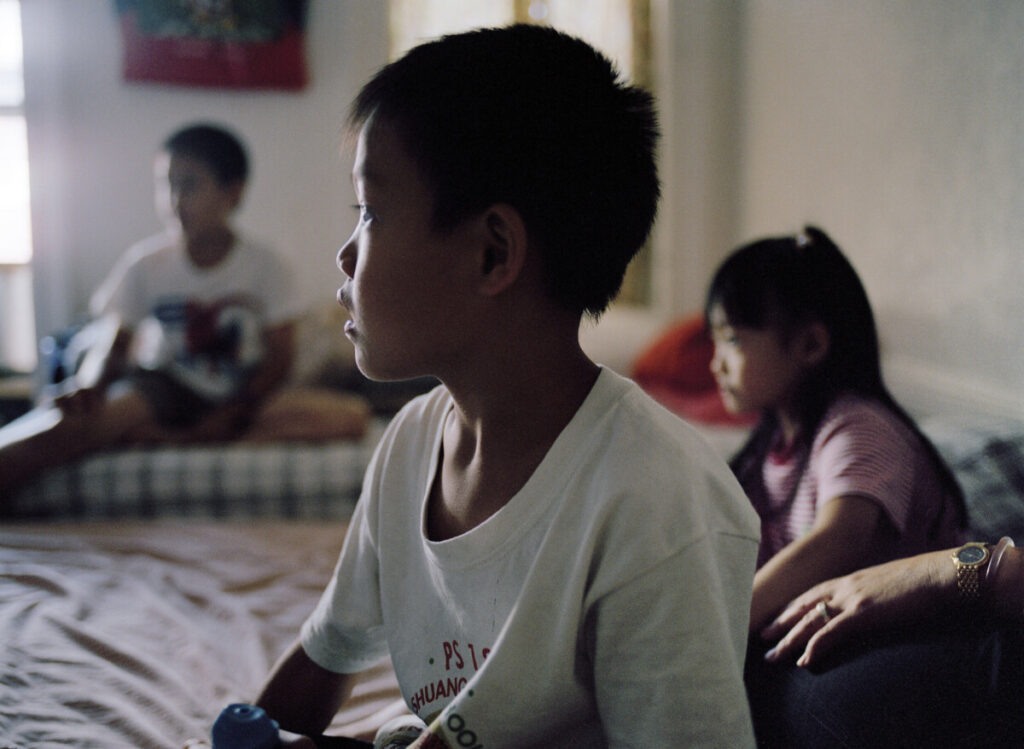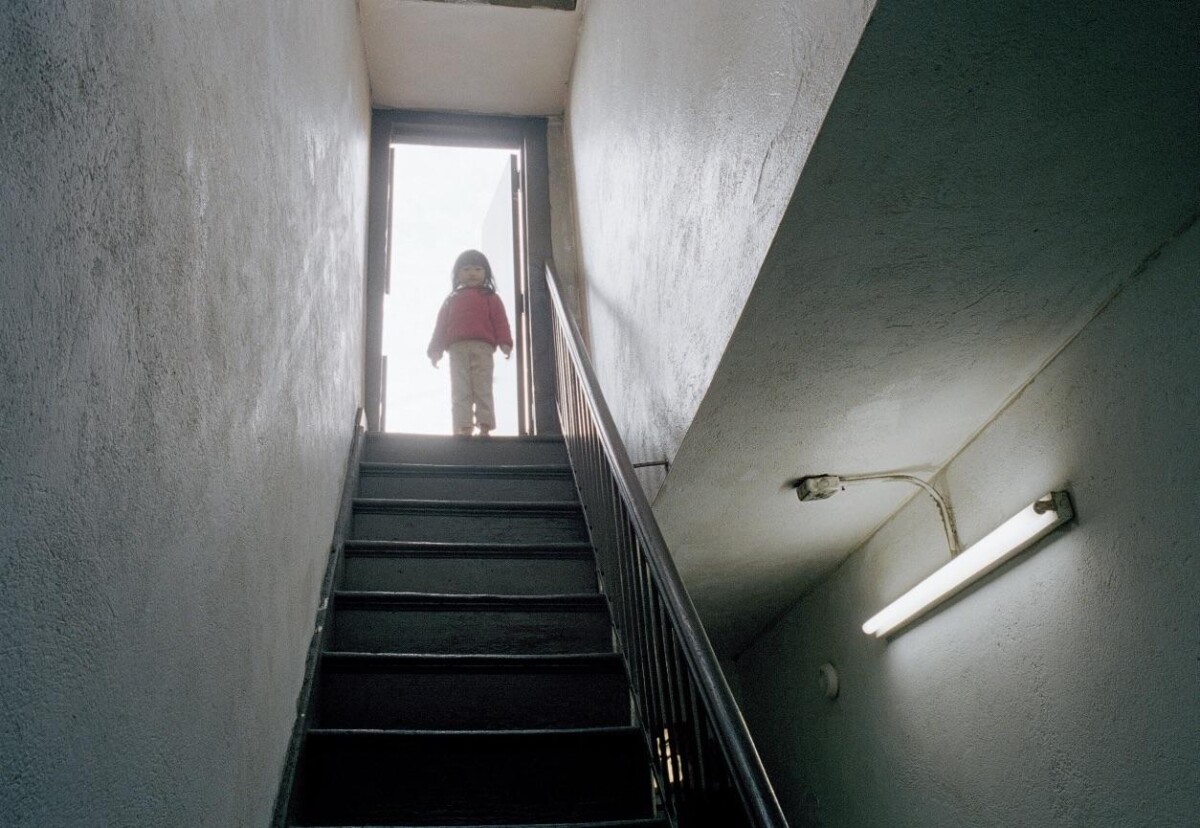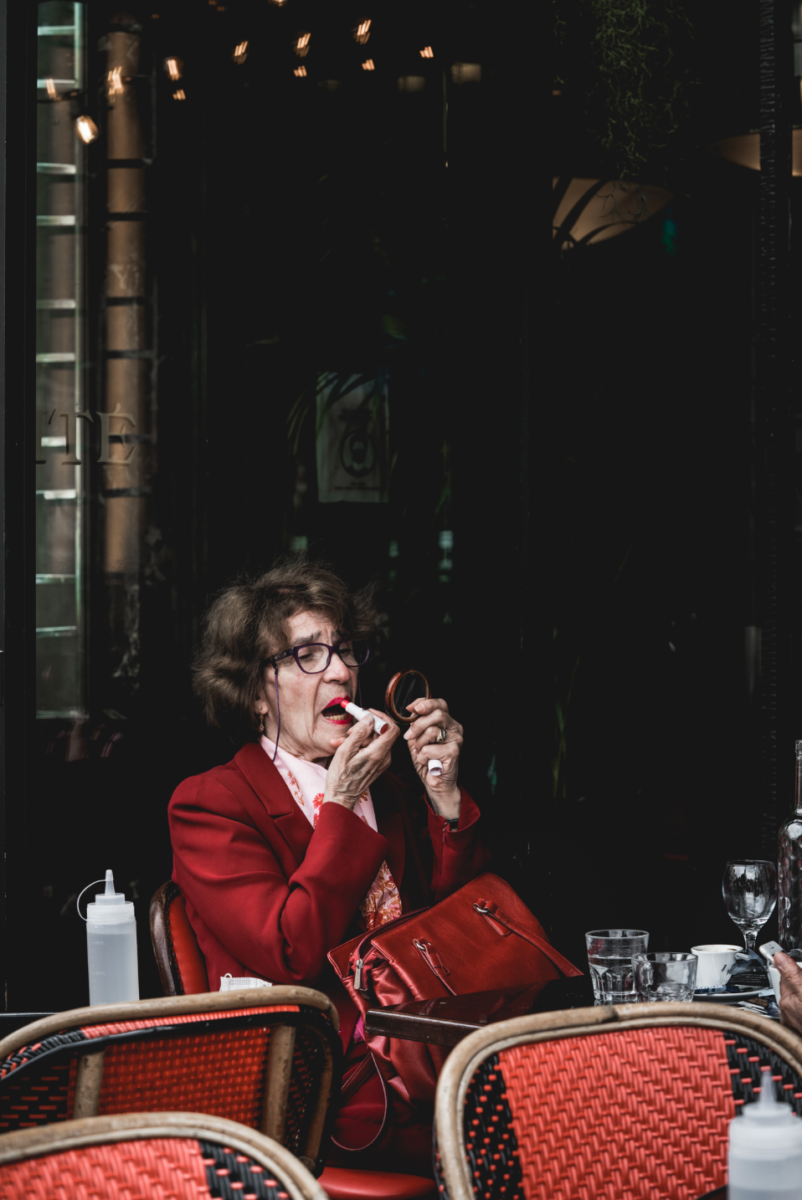
https://www.thomasholton.com/work/thelamsofludlowstreet
In 2010, photographer Thomas Holton would begin a 15 year long series of photographs that depict the lives of the Lam family in Chinatown. Holton says that despite being half-chinese he never felt any type of connection to the New York City neighborhood of Chinatown. In an effort to “experience more of the daily life of Chinatown,” he made an effort to meet people in Chinatown, where he met the Lam family. He would visit them often and the Lams would allow him to participate in their family life and events. After some time, Holton became unexpectedly attached to the Lam family, citing that he, “never expected to become so close and emotionally tied to my ‘subject matter.'” In the end, he came to the conclusion that a person is not defined by the socially constructed idea of race but rather by our own experiences and family history. There is no right or wrong answer to the photographer’s initial inquiry of “what it means to be ‘Chinese.'” However, he did come to a greater understanding of what it means to be human.
Thomas Holton’s collection, “The Lams of Ludlow Street,” is very thoughtful in terms of composition. In this specific photo, he makes use of the rule of thirds, figure to ground, and symmetry to create a tone of individuality and unity among siblings. There are three children in this image, one in the foreground and two in the background. At a first glance it appears as though the child in the middle is the sole subject of the image as he is in the foreground and the image of him is sharp and clear. But there are also two children in the background on either side of him. They’re relevance to the image is emphasized using the rule of thirds, as their faces align with the intersections of the 3 by 3 grid. In addition, in this composition, they create a symmetrical and balanced image by being on opposite sides of the foreground subject. This adds on to the photographer’s portrayal of individualism within culture. We are drawn to the child in the middle but we learn more about him by having the siblings in the background. He is his own person but he also has a family history that will shape who he is/becomes.







Recent Comments